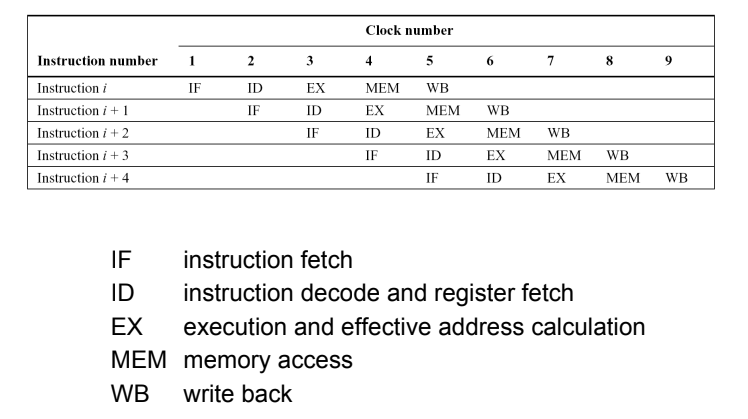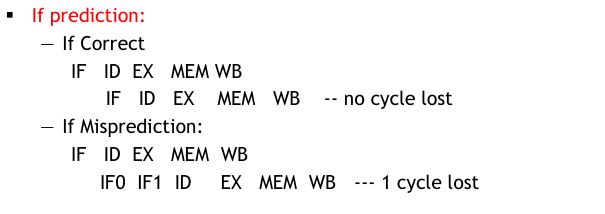In an earlier post, we discussed about the capability to measure the branch misprediction rates using BPF. In that post, the focus was on obtaining a low-level CPU architecture specific counter easily from a BPF program written in C++ frontend. But we did not dive deeper into what Branch Prediction is or why it is done at all.
CPU Pipeline Instructions
Why are CPU instructions pipelined?
"For better throughput, obviously"
This warrants a very long discussion about why this is the case. Instead, here’s a
thousand words:


Notice that the entire design assumed that the instructions are flowing constantly. In straight line code, the pipeline reads the next instruction either in program order or compiler decided order to take advantage of Instruction Level Parallelism (ILP). In case of branches, the pipeline does not know before hand which is the next instruction to execute in the current running program. Example:
auto flag = get_output_some_fn();
if (flag) {
do_something();
} else {
do_another_thing();
}
In the above case, there is no way to guess which way the execution flow is
going to go. The predicate flag depends on the outcome of another function
whose execution could in turn be decided by some external unforeseeable
factors.
In such cases, the pipeline always stalls until the correct target instruction
to execute next is determined. This results in a loss of a single cycle at the
time of instruction fetch.

Can we avoid the Pipeline Stalls?
Yes, we can by prefetching the next instruction and executing it while hoping
our decision to prefetch was correct. This is called Speculative Execution
of Branches.

Dynamic Branch Prediction
The aim of a Dynamic Branch Prediction is to predict whether a conditional branch will be taken based on the behavior of the program in current execution. One of the simpler ways to do this is to:
- maintain state for each conditional branch
- predict whether branch will be taken based on state
- change the state based on the whether the branch was taken or not
| Current State | Input (Branch Exec) | Output (Prediction) | Next State |
|---|---|---|---|
| 0 | Not Taken | Not Taken | 0 |
| 0 | Taken | Not Taken | 1 |
| 1 | Not Taken | Taken | 0 |
| 1 | Taken | Taken | 1 |
Branch Prediction Buffer
The important question from previous section is - storing and updating next state for every branch instruction can become expensive. Using a separate Branch Prediction Buffer to cache the predicted sstates of recently executed conditional branches can reduce this cost. Branch History Table is accessed/indexed using the address of the conditional branch instructions.
Conclusion
In simple CPU Pipeline designs, pipeline stalls can significantly impact instruction throughput. Implementing even simple branch prediction mechanisms can improve the performance substantially. The results are most pronounced in speculative execution strategies.
Sources:
My Podcast!
If you like topics such as this then please consider subscribing to my podcast. I talk to some of the stalwarts in tech and ask them what their favorite productivity hacks are:
Available on iTunes Podcast
Visit Void Star Podcast’s page on iTunes Podcast Portal. Please Click ‘Subscribe’, leave a comment.

